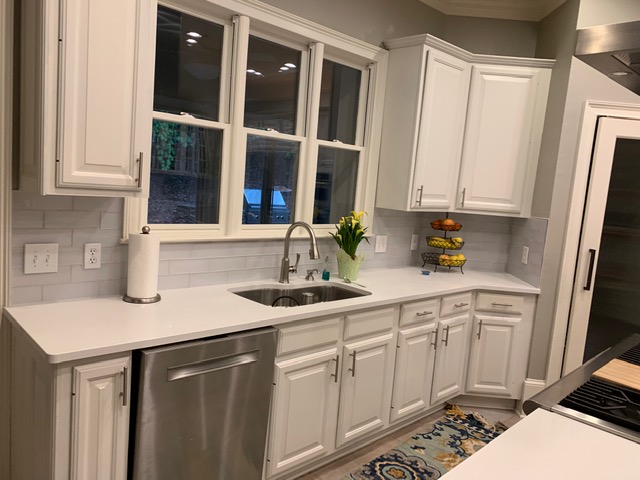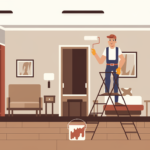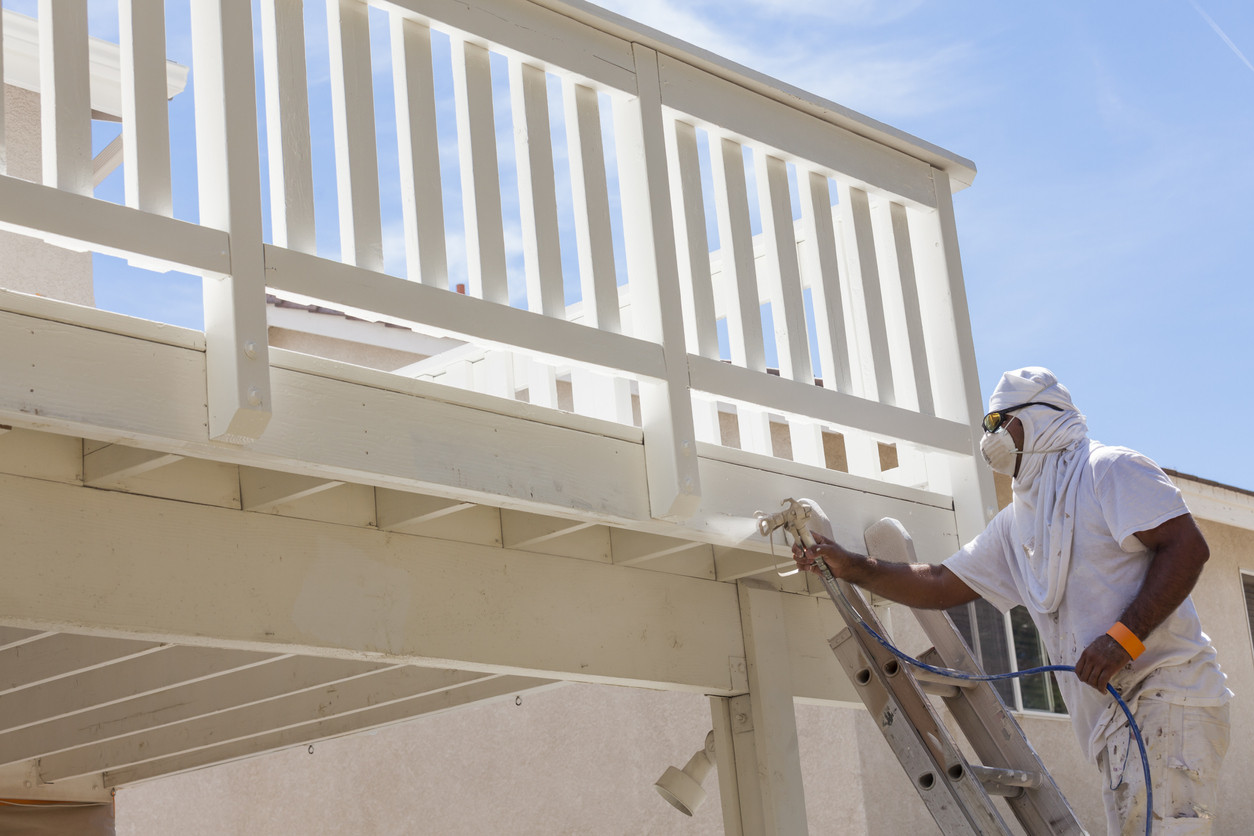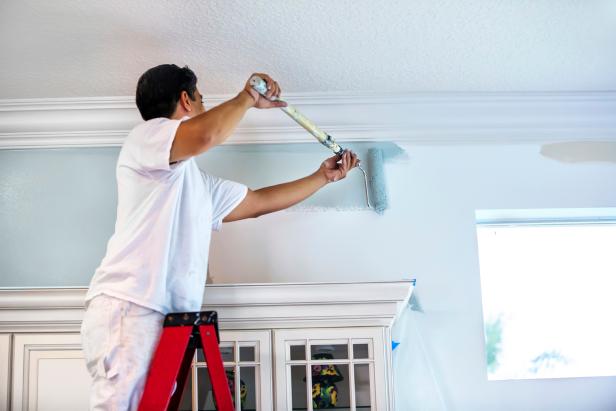What Happens If You Don’t Sand A Cabinet Before Painting?
If you don’t sand wood cabinetry before painting it, the paint won’t stick properly and will have uneven coverage. If the surface is a little dirty, or the door is smooth, you don’t need to sand it. You can also use mineral spirits and a rough sponge to rough up the cabinet’s surface, although this won’t open the wood cabinet’s material as much as sanding, but will give the primer an extra grippy area to stick to. Let the professionals handle your kitchen cabinet painting.

After the first coat of paint has dried, you need to sand the cabinet. Make sure to brush off all dust, and skim the surface of the cabinet. After that, you can begin applying the second coat of paint. To sand a cabinet, you need to use medium-grit sandpaper and a paintbrush. Then, use a sponge to apply the primer.
The next step in painting your cabinets is sanding the surface before you apply the new paint. It’s important to do this before applying a new coat of paint because it will give the fresh paint a good chance to bond to the wood. You can use fine-grit sandpaper for oil-based paint, while you need medium-grit sandpaper for water-based paint. Some people sand their cabinets before applying primer, while others choose to sand them between coats of paint. This is a messy and time-consuming process that can cause a lot of dust and damage.
Once you have painted your cabinets, you need to sand them. This step is necessary to ensure that the paint adheres to the surface properly. You can use a fast-drying multi-surface paint primer to cover up imperfections and block stains. Then you can proceed to paint your cabinets.
Before painting a cabinet, you need to clean it properly. This is especially important if it is a cabinet that you intend to refinish later. After cleaning the cabinet, make sure you clean the cabinet surfaces again. The paint job will chip off or begin peeling off as soon as the cabinets have been repainted. You can also use a degreaser, but it is important to sand every single part of it before applying the paint.
After cleaning the cabinet and removing the paint, you should sand it thoroughly. Then, you need to apply a primer to the cabinet. Depending on the type of wood, sanding the cabinets is not necessary, but it is strongly recommended. Before painting, you need to make sure that the surface of the cabinet is dry and free of dust. If you don’t sand the cabinets, you may get a lot of dust and dirt in the finished product.

I am Scott Miller and my love is writing about home improvement. I write mostly about home ideas, but also share some tips and tricks that can make your life easier when it comes to getting things done in the house.












